
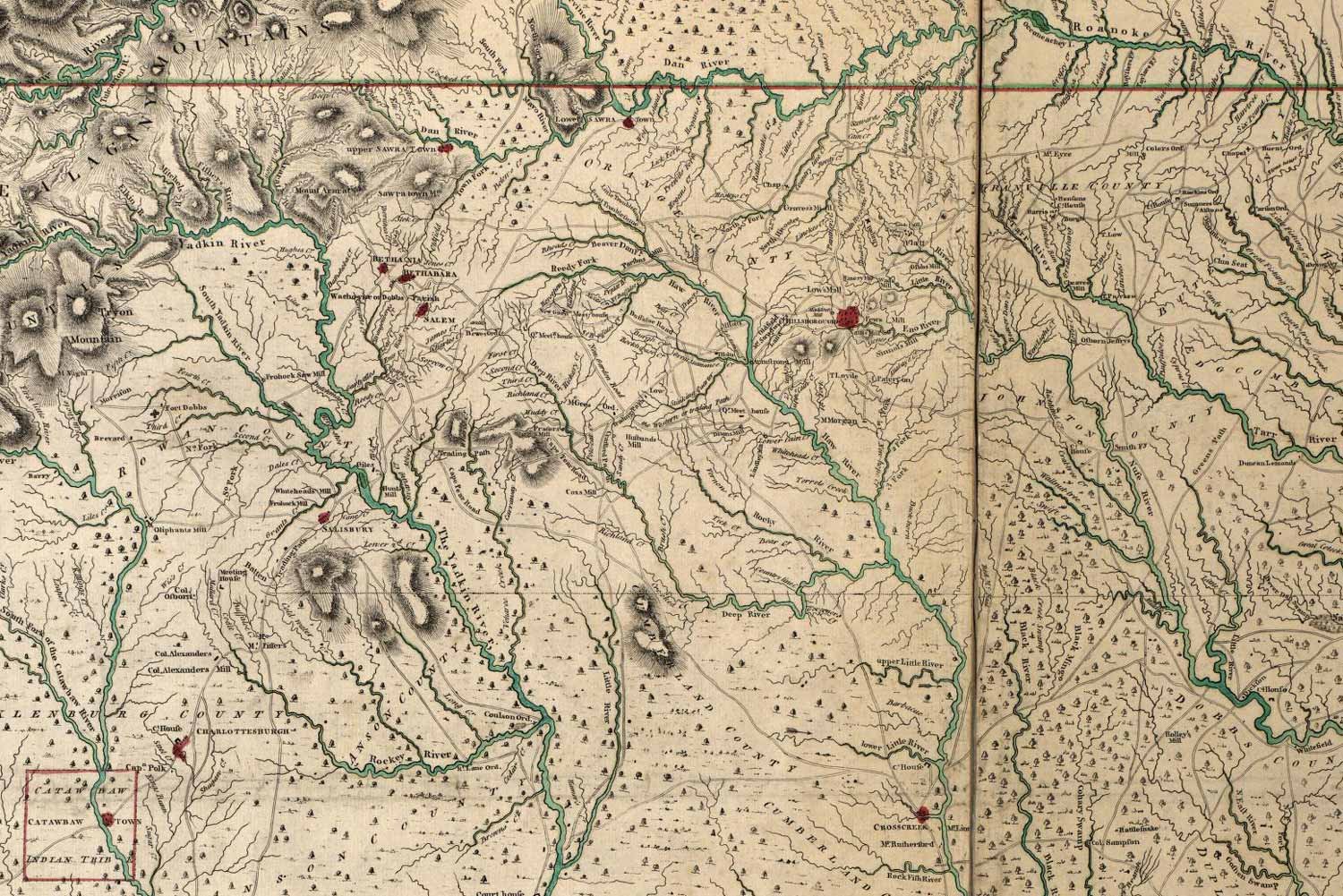
The Race to the Dan
The Battle of Cowpens on January 17, 1781, was a great victory for Daniel Morgan and his army of Continentals and militiamen. They had virtually annihilated Lieutenant Colonel Banastre Tarleton’s famed British Legion, but Morgan’s contingent was in a dangerous position, with a larger British force under Lord Charles Cornwallis only twenty-five miles away. The race was now on to get to a place of safety.
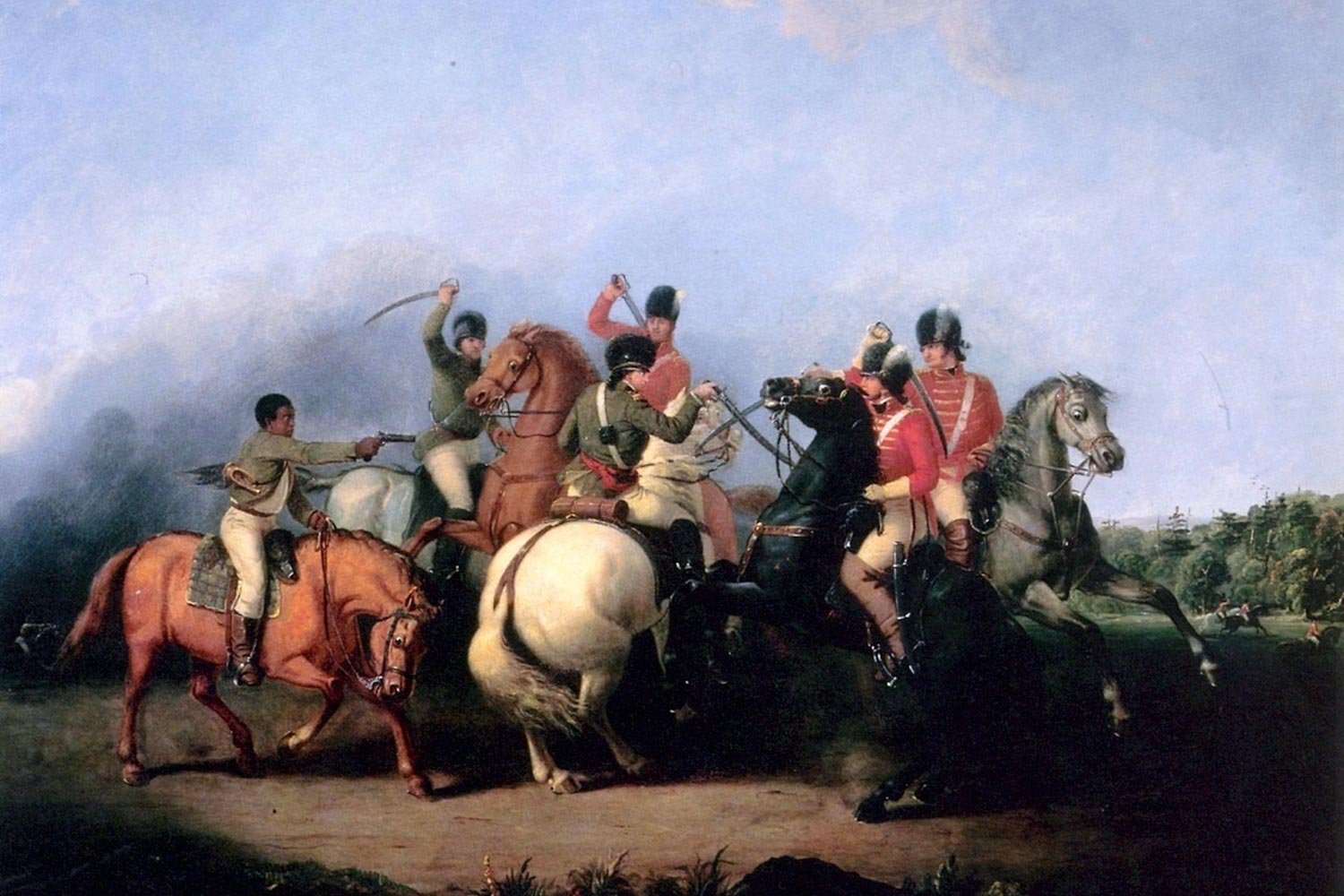
Daniel Morgan’s Masterpiece at Cowpens
Daniel Morgan came out of his self-imposed retirement and returned to the Continental Army near Hillsborough, North Carolina in late September 1780. He felt he could no longer sit on the sidelines while his country was at war. In December, Major General Nathanael Greene sent newly promoted Brigadier General Morgan and 600 men west to threaten British outposts in western SC.

Daniel Morgan Joins Fight for Independence
Daniel Morgan was inspired by America’s desire for independence as early as 1774, when England imposed the Intolerable Acts on the colony of Massachusetts. Morgan felt a natural resentment to this imposition of British authority, tracing back to his unpleasant experiences serving the British army as a wagoner during the French and Indian War.
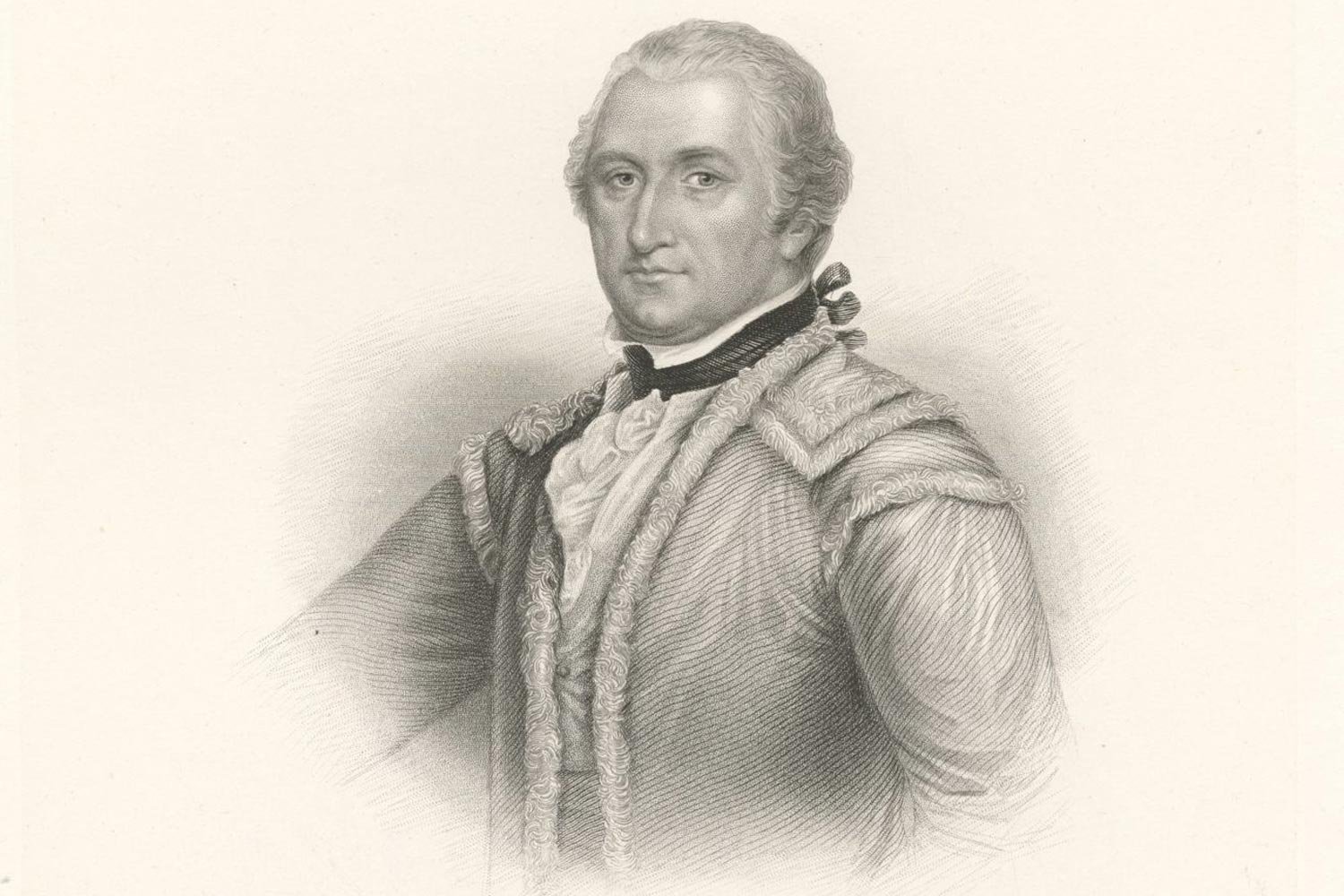
Daniel Morgan Comes of Age
Daniel Morgan, the victor of Cowpens, was one of America’s best battlefield tacticians during the American Revolution. He rose from a hard scrabble childhood to national prominence solely on his merit and ability, overcoming his lack of political connections and wealth. Morgan’s story is a truly inspirational tale.
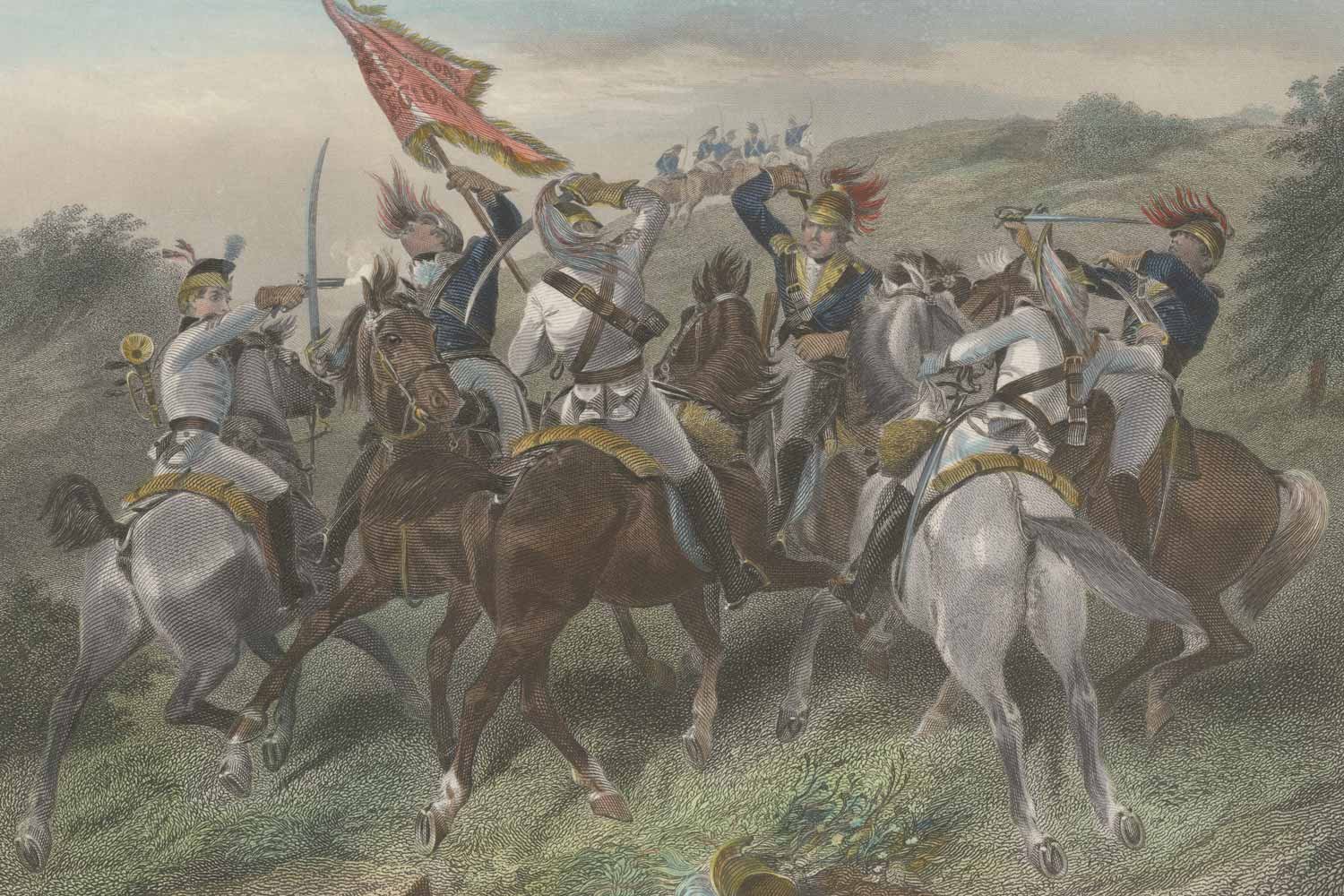
Nathanael Greene Takes Command of Southern Continental Army
Despite the disastrous defeat at King’s Mountain on October 7, 1780 and several victories by Patriot partisans, Lord Charles Cornwallis and the British army still controlled most of South Carolina and Georgia at end of 1780. The new year would see a reverse of fortunes for the American cause as two gifted commanders, Major General Nathanael Greene and Brigadier General Daniel Morgan, took the helm of the southern Continental Army.
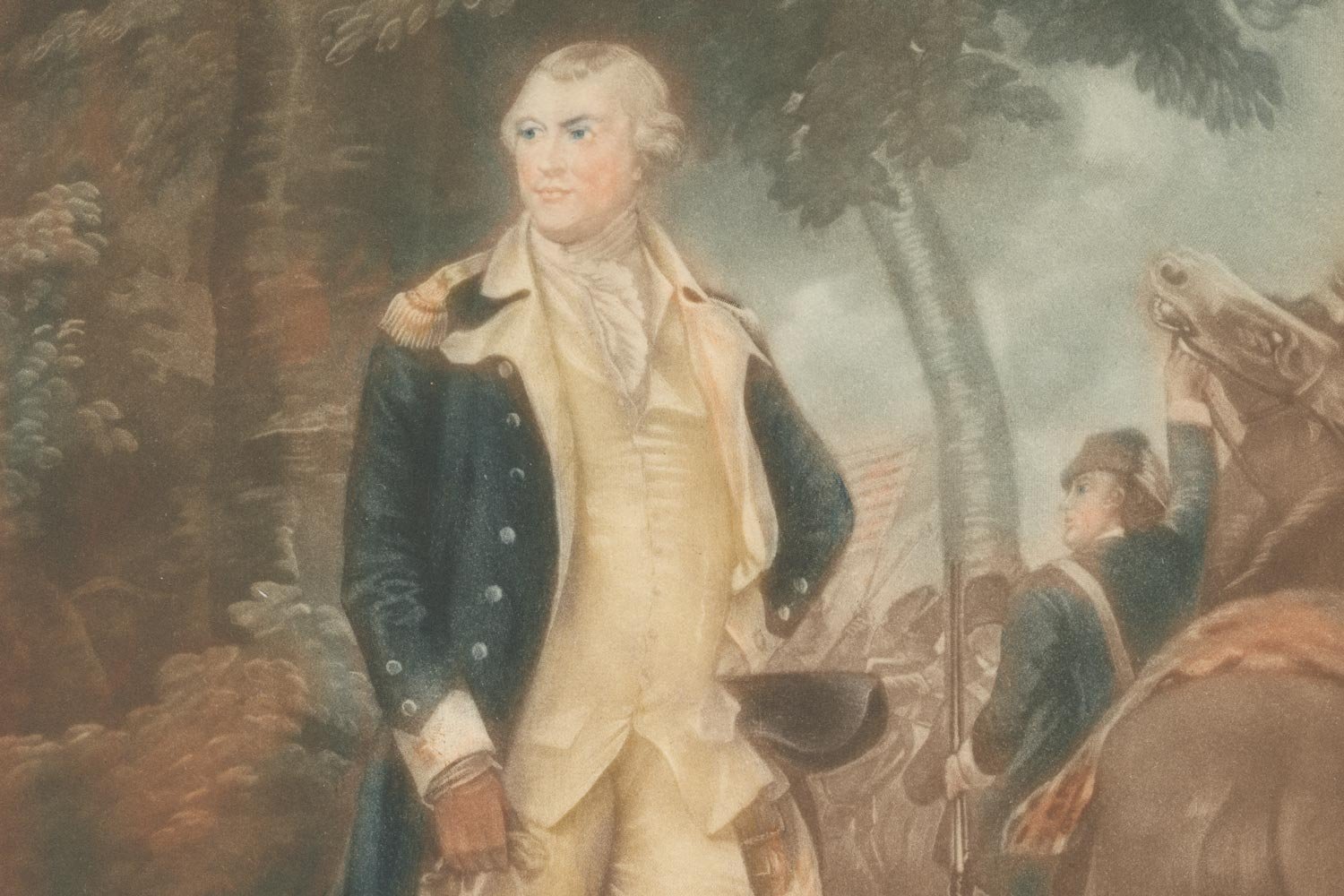
Nathanael Greene Joins the Cause
Nathanael Greene was one of the greatest American generals to emerge from the American Revolution. Without any formal military training or any experience, Greene developed into a leader feared and respected by his British counterparts.
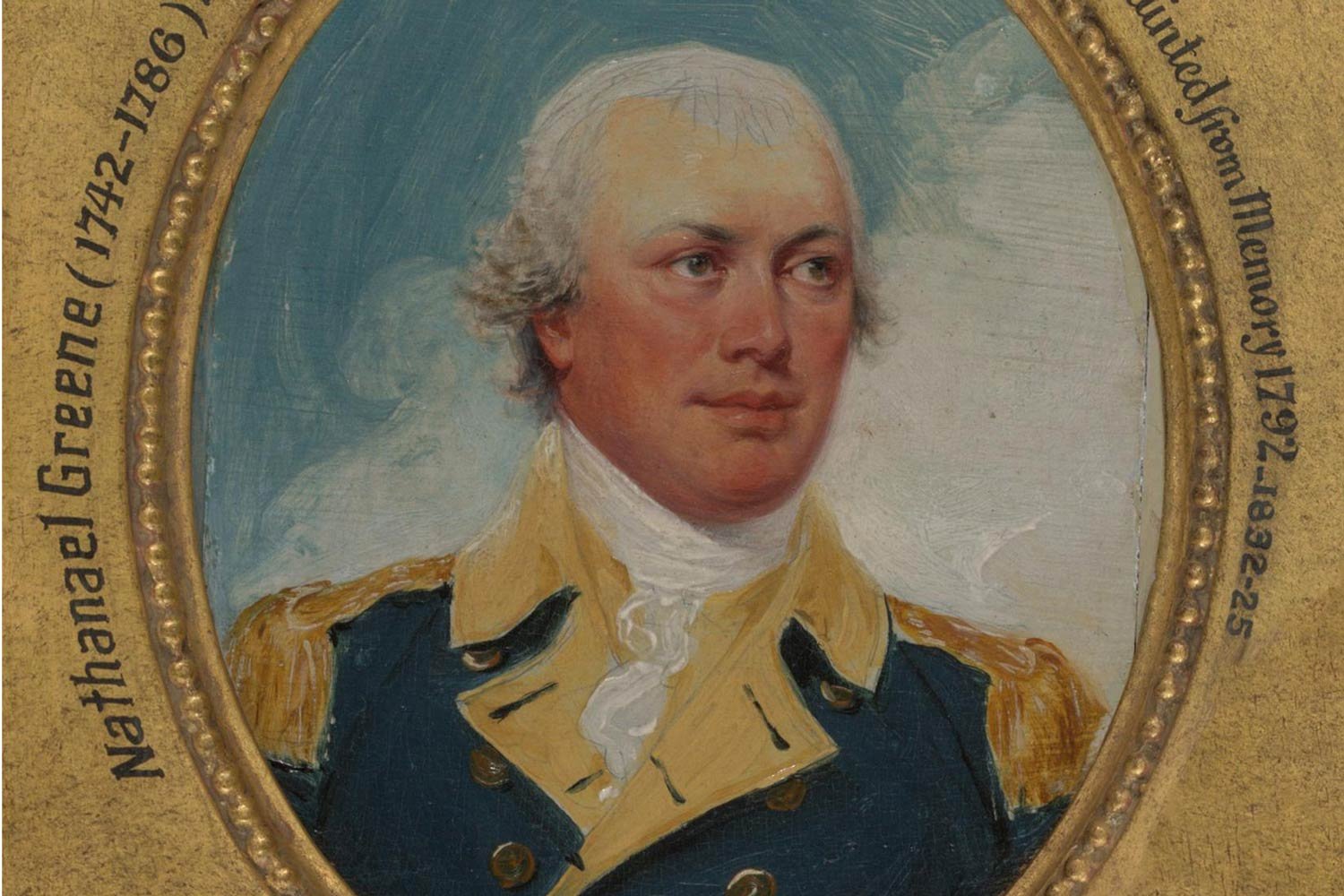
The Early Life of Nathanael Greene
This Continental Army General’s family arrived in America in the mid-1600s and soon became prominent and prosperous in their region. As a youth, he had little formal education but managed to find time to study great military leaders of the past. During our War for Independence, he lost most of the battles he fought but managed to hold his thread-bare regiments together.
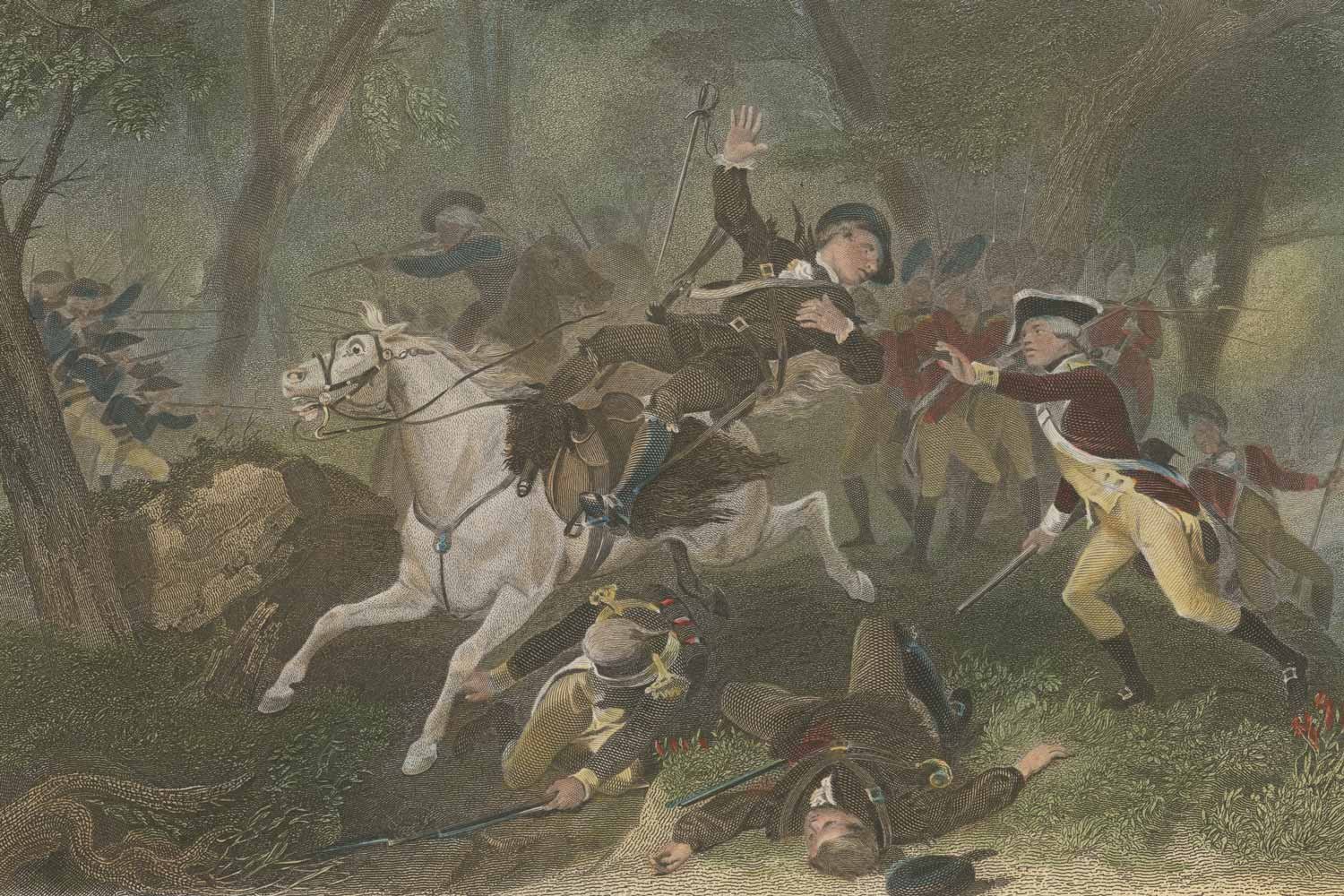
American Victory at King’s Mountain
In July 1780, Patriot partisan bands in the backcountry of South Carolina launched a series of successful attacks on Loyalist contingents, weakening the British hold on the state. These rapid-fire engagements continued into August as six more Patriot partisan victories were sandwiched around the disastrous Continental Army defeat at Camden and the capture of an American supply train at Fishing Creek.
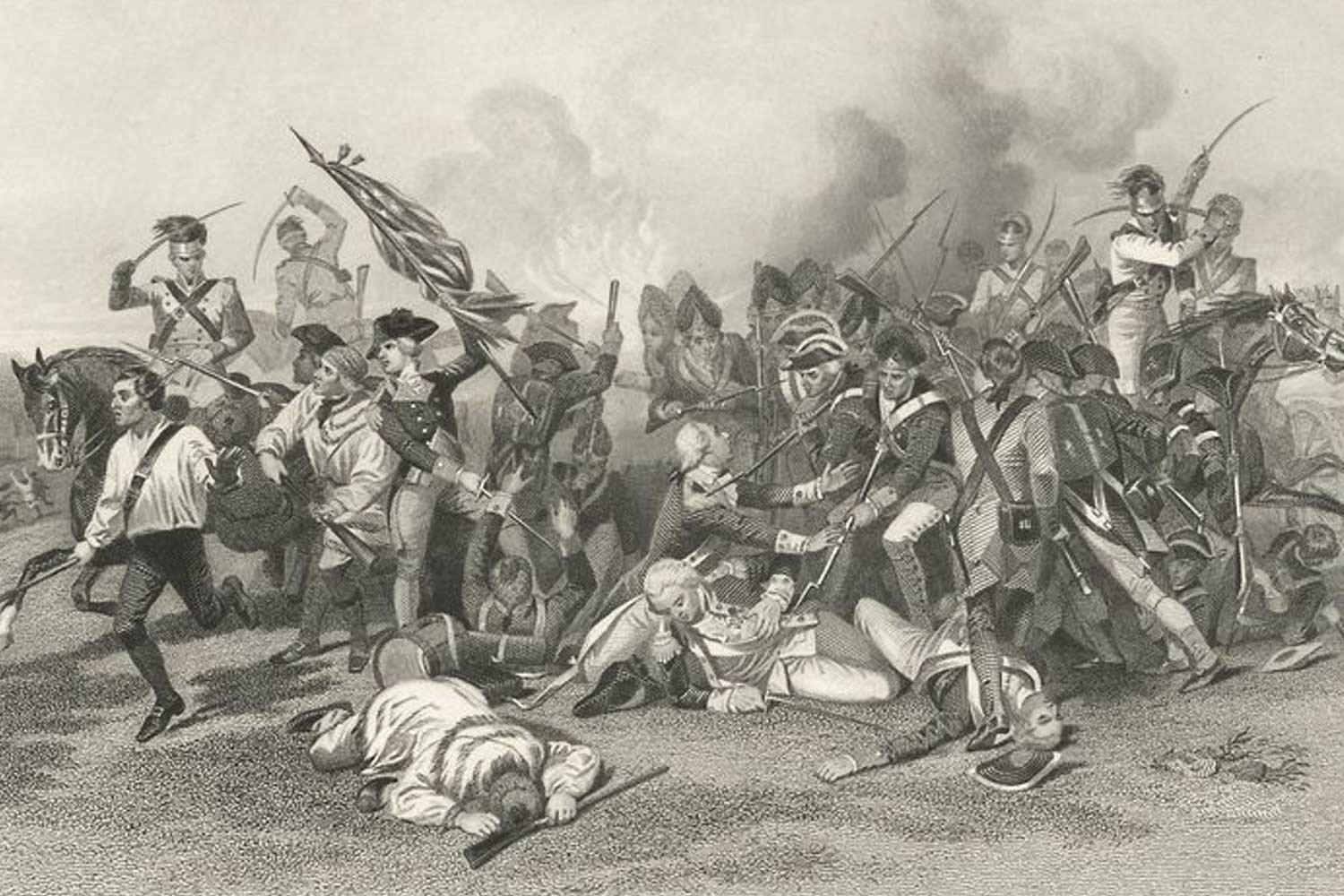
British High Tide at Camden
As dawn broke on the morning of August 16, 1780, the British army under Lord Charles Cornwallis and the American southern army under Major General Horatio Gates were half a mile apart, preparing to do battle. It would be a short affair, but a costly one for the Americans.
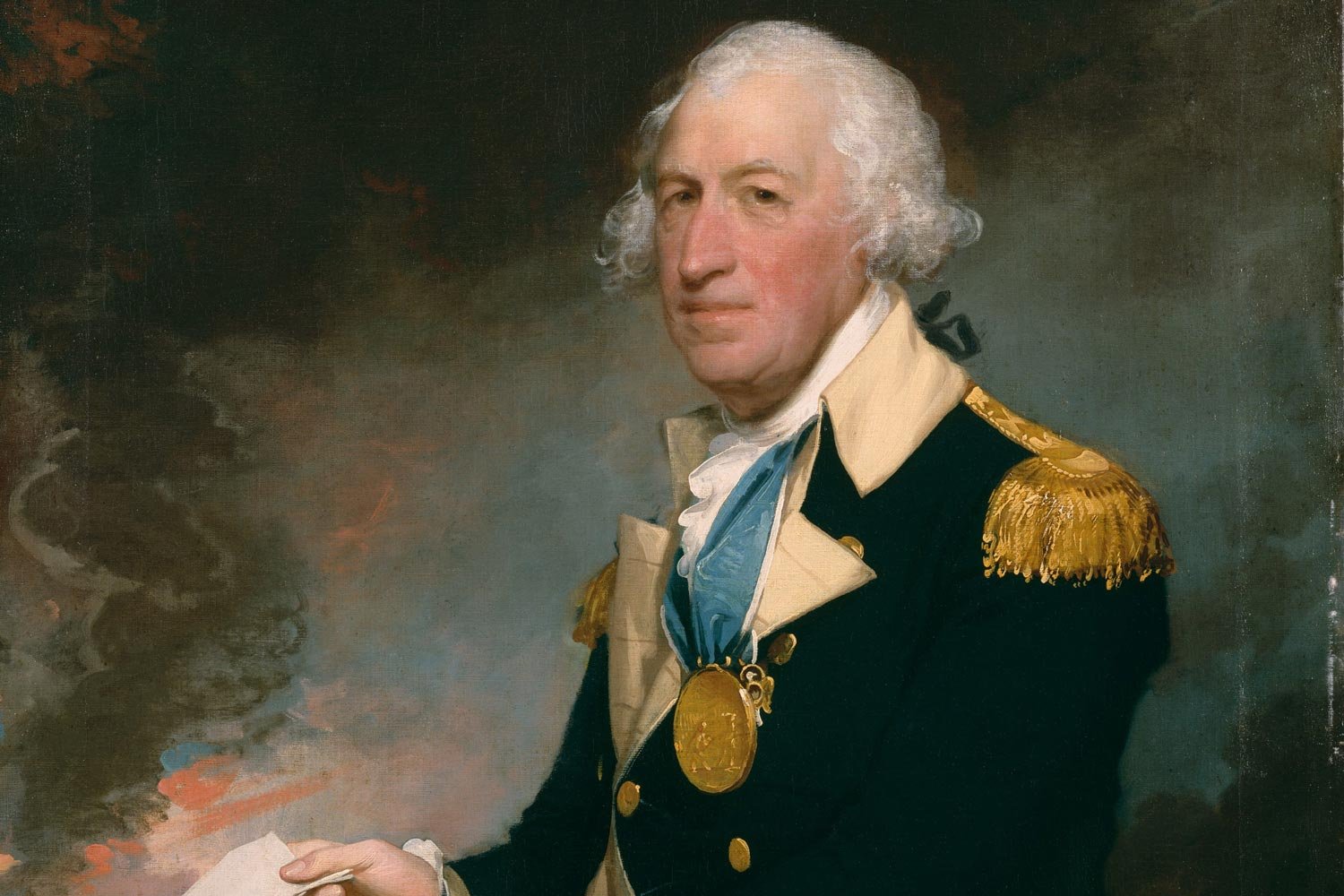
Southern Continental Army Tries to Regroup Under General Gates
The surrender of Charleston and its entire 5,000-man garrison on May 12, 1780, essentially eliminated the American southern Continental Army. At that point, Lord Charles Cornwallis and his British legions were able to operate virtually unopposed in South Carolina.

Patriots Turn the Tide in South Carolina’s Backcountry
For the first five years of the American Revolution, the deep southern states of Georgia and the two Carolinas were mostly observers of the conflict. Other than a failed attempt to take Charleston in 1776 and the capture of Savannah in December 1778, the British had focused their efforts in the north.
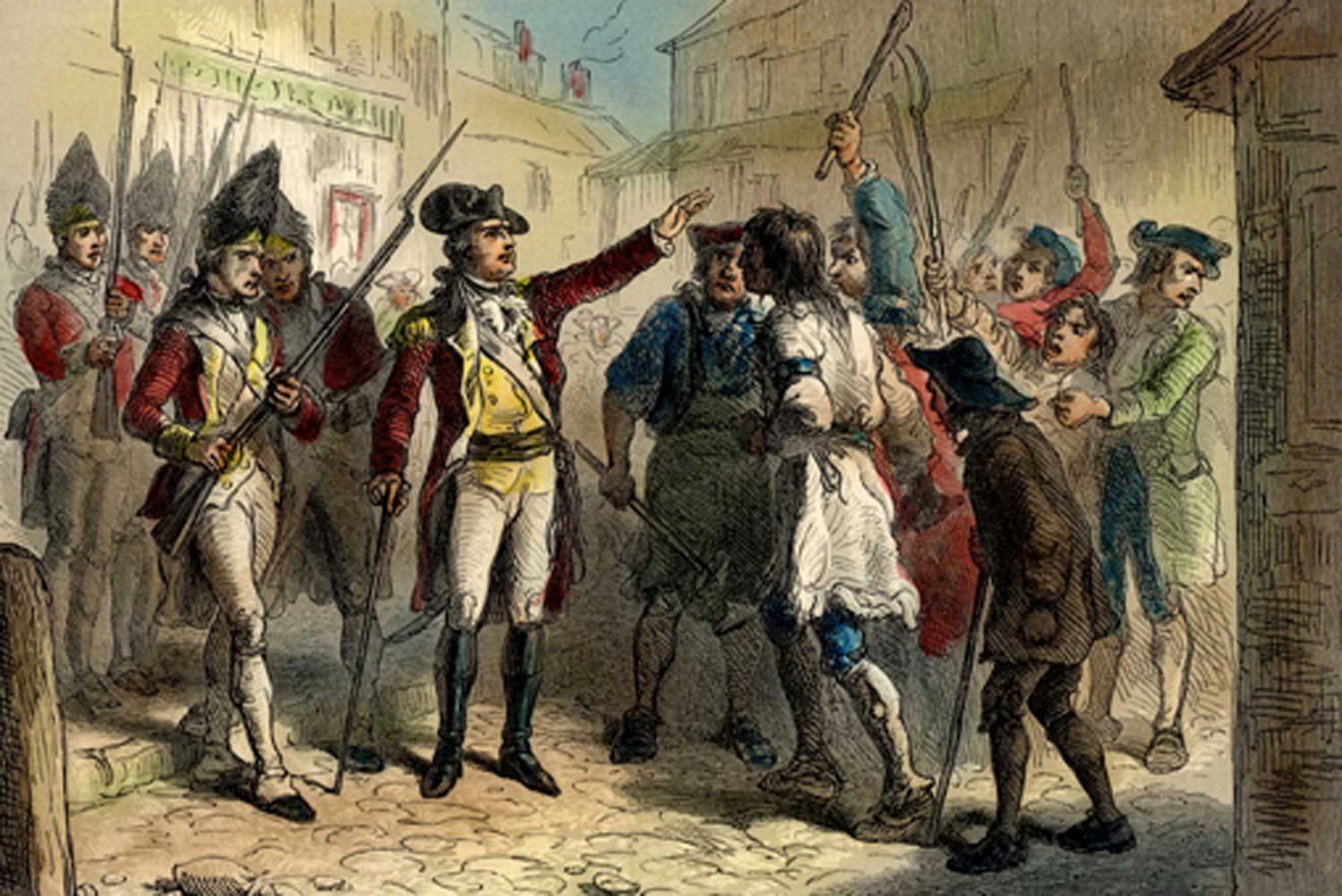
North Carolina’s Regulator Insurrection
The first time a Royal Governor of a British American colony called out the troops to suppress rebellious American subjects was not the famous fight at Lexington and Concord in 1775. The initial incident of this sort occurred four years earlier when the Royal Governor of North Carolina, William Tryon, suppressed a grassroots effort known as the Regulator Insurrection.




